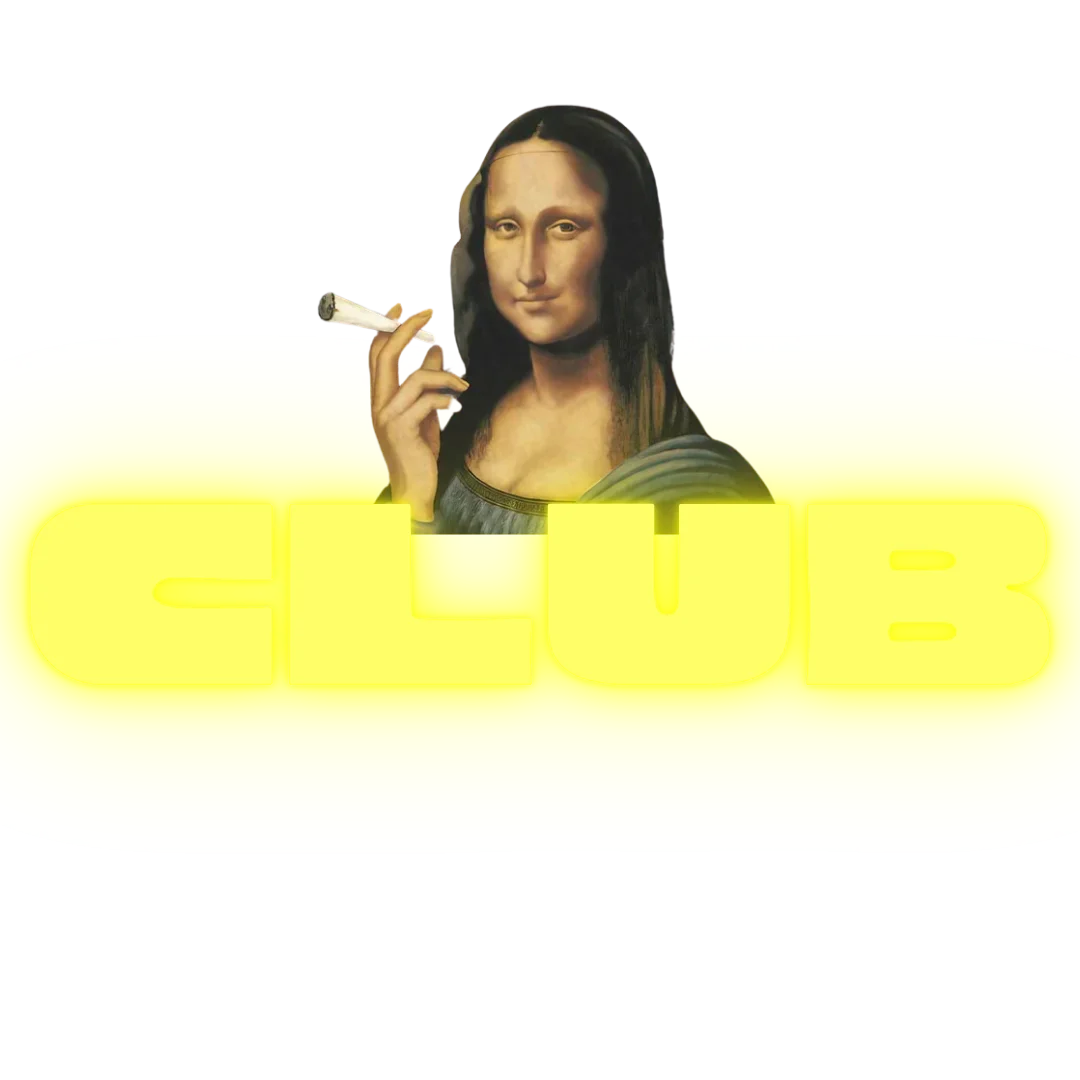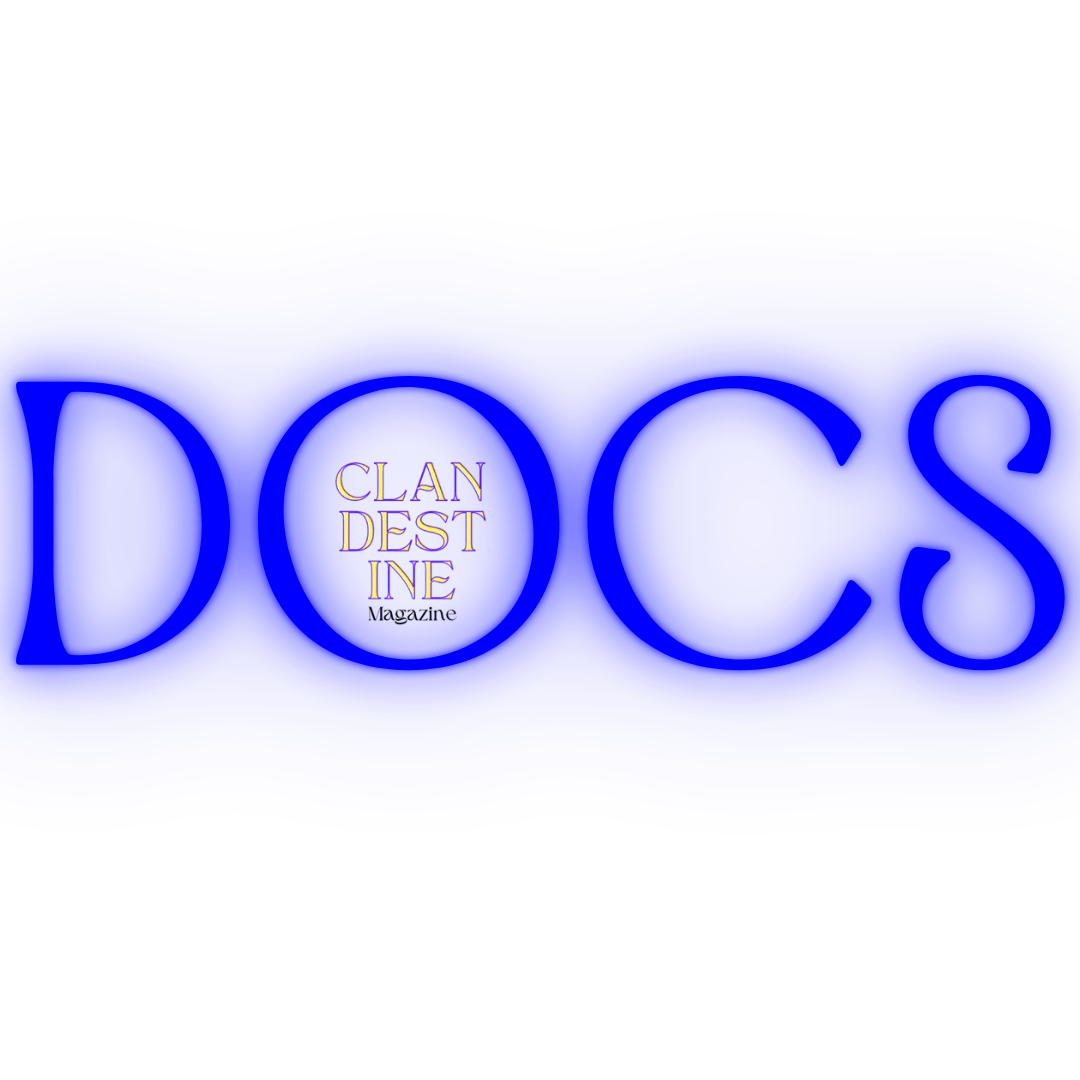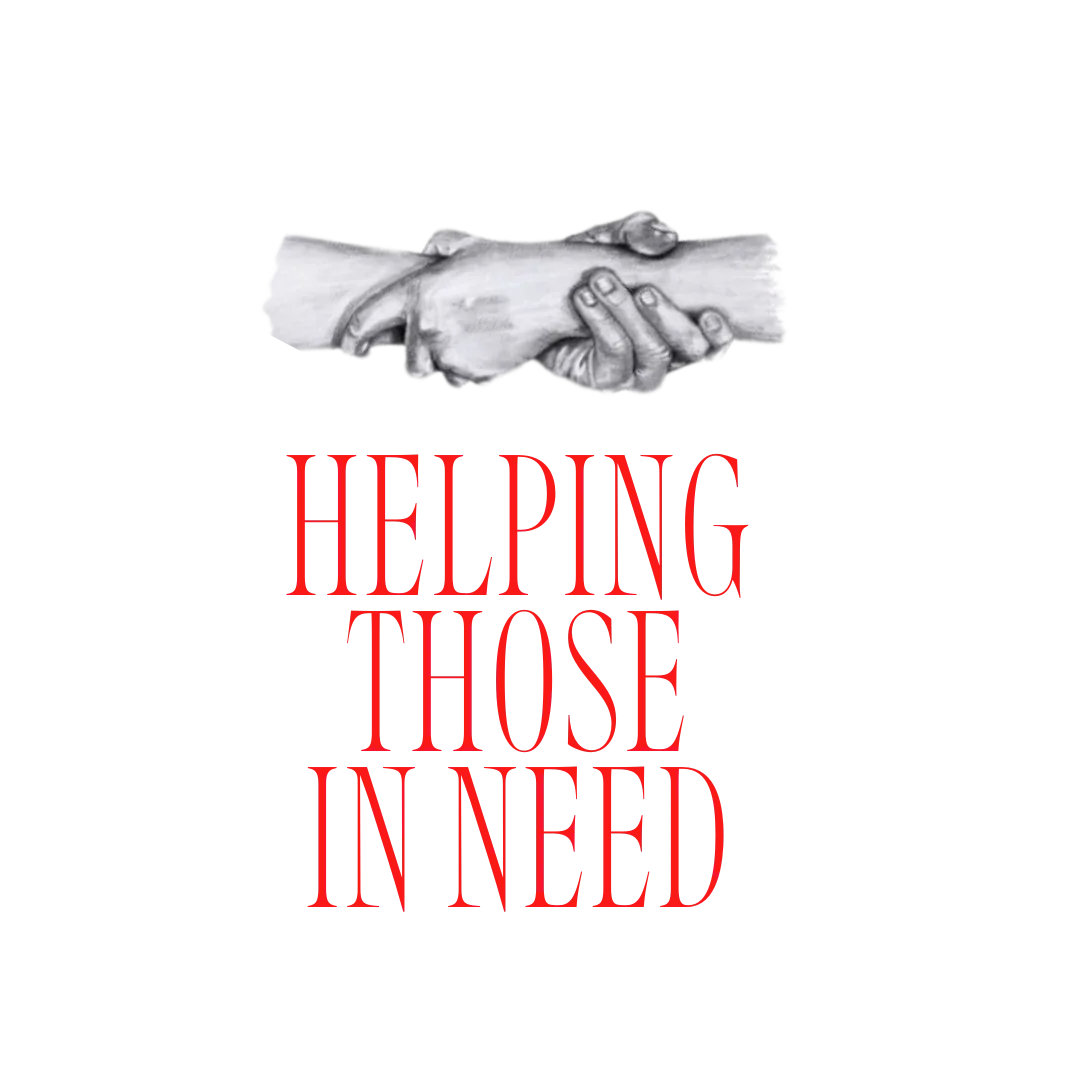Katabasis: ‘A going down’ – etymology: καταβαίνειν, Greek, ‘to descend’, from ‘κατα᾽, down, and ‘βαινω’, I go.
This essay deals with the question of how Classical literary elements and mythology can be utilised in a way which enhances the critical and provocative in poetry which seeks to cut ties with tradition, in what at surface level seems a contradictory statement. I aim to argue by way of an exploration of Howl’s use of katabasis, that Classical mythology, in this case the katabatic myth is essentially universally relevant to writing which wishes to engage with deeper psychological subjects and fundamental principals.
The katabatic tradition
Katabasis is the term used to denote a journey downwards. It can be applied to any such physical descent, for example the mundane act of coming down a mountain, or, reaching beyond the human plane, a journey into the underworld or a similarly hellish land, which this term most commonly describes. Beyond the obvious, katabasis has been used to describe the retreats of an army and also the genealogical notion descent and ancestry. It can also be applied to the notion of a mental descent into madness or in the same psychological vein, can refer to the notion of delving into one’s subconscious. Katabasis must be accompanied by a subsequent Anabasis, a return to the starting plane with the katabat usually richer in wisdom or whatever he sought to possess. as Xenophon’s Anabasis describes a military example of Anabasis. The use of Classics in the sphere of psychoanalysis remains a prominent and productive pairing. Sigmund Freud, the neurologist and founder of the common psychoanalytical method was a devoted Hellenophile and collected antiquities from many ancient cultures to adorn his study and the room in which he saw patients. According to commentary at the Freud’s Antiquity: Object, Idea, Desire exhibition, Freud used to stare into the faces of statuettes (many of mythological subject matter, for example the sphinx) from the ancient civilisations of Egypt and Greece instead of looking at his patients while he listened and engaged with them. In trying to understand the reasoning behind this, I began to think of how keeping at the forefront of the mind mythology of the Ancient World, on the surface so far removed culturally and even in terms of simple physiology could prove useful to thinking about the human brain and social functions in a modern context. I came to a conclusion that mythology, when ornamental narrative additions are ignored momentarily, deal with basic human values, and that in using these stories as a framework and reference point for analysis of the human brain, those elements present in ancient writing which also show themselves in the patient are thus essentially eternal in humanity, making them integral to our functioning and thus allowing for a deeper understanding.
Katabasis as a trope is prevalent not only in the mythology of Ancient Greece and Rome, but also the scripture of almost every religion, testament to the significance and universality of the narrative structure. Like other narrative structures, a katabatic myth carries its own sort of criteria and associations. Typically, the katabat, that is the agent of the katabatic journey, is seeking to fulfil a quest of some sort, as instructed by a god (as Hercules was when Apollo prescribed that he should capture Cerberus to atone for the murder of his children) or for personal gain (Orpheus desiring to cover his lost love Eurydice from Hades). The katabatic descent is sometimes subsumed as a feature of ‘Nekyia’, the name for the act of necromancy. While they are often simultaneous aspects of a myth ( as is the case with Odysseus seeking out Tiresias in Book XI of the Odyssey), katabasis only denotes the physical act of descension, without any association of what occurs once the katabant reaches the under-realm.
In it’s legacy, the Classical katabatic myth has produced notable written works which utilise the structure both to enable philosophical exploration, such as Alighieri Dante’s Divine Comedy and to simply provide entertainment and fantasy, as Lewis Carrol’s Alice’s Adventures in Wonderland displays. The trope thus serves not only to provide narrative variation of landscape and characters in a text but is a way in which the author, despite a mundane setting is able to engage with ideas of a greater scale: fundamental qualities and ideas of humanity, of life, of greatness and of love and death. Through the reading of Greek katabatic myths, we are able to find out about ancient perceptions of the underworld and death which in turn, allow us to learn more about the values of their society, what qualities they deemed worthy of reward in the afterlife, and what warranted eternal damnation.
Modern hedonism : The New Vision
“To be beat, as Kerouac and Ginsberg glossed the term, was to declare both a condition of mind and a remedy. ‘Beat’ meant exhausted and beaten down, at odds with the system, an unapologetic declaration of unfitness for the workaday world, and defiance of authority.” – Gail McDonald
The literature of the beat generation was revolutionary in its amalgamation of influence and in the unrestrained method by which they were written. Born most notably in New York and San Francisco of the cadences of jazz, Dionysian revelry and the murmurs of mothers fearing the new American world for their sons’ sakes, Beat literature sought to break free of convention and comment upon corruption and post-second world war politics of the age but also timeless ideas of redemption and love in their most honest forms. The earliest members of the Beat Generation were Jack Kerouac, William S Burroughs and Allen Ginsberg, who met at Columbia university in the 1940s by way of their mutual friendship with Lucian Carr. Carr was arguably the catalyst for the birth of the movement, that is until a confrontation with his alleged stalked, David Kammerer, ended with Carr being imprisoned for two years for first degree manslaughter. After this, Carr remained very much in the background of the scene, even requesting that Ginsberg’s dedication to him at the beginning of Howl be removed. The movement soon gathered traction.
The movement was named ‘the New Vision’ after W.B Yeats’ philosophical work ‘A Vision’. A diagram detailing the cyclical quality of life in this text was especially impactful in the ideology of the group, who saw their acts of rebellion against establishments as a way in which they were breaking the flow of the circle and therefore changing the world. The Beat Poets were self-professed iconoclasts. To be an iconoclast (from Greek ἐικον, meaning figure or icon and κλαω, meaning I break) was to discard passivity and embrace those subjects held in contempt by social attitudes. Their process and lifestyle was an example of modern hedonism; They used psychedelic drugs frequently, and Ginsburg, taking inspiration from Kerouac’s favourite method, became fond of writing his works not little by little, “but [by] remembering an idea in my head and writing it down on the spot and completing it there”. In fact, Ginsberg claims to have written some of his best poetry under the influence of drugs, including the second part of Howl, for which he was on peyote. Part of his fascination with psychedelic drugs was due to a series of visions he apparently experienced while reading the poetry of William Blake. He believed that he heard Blake’s voice, which he described as “very deep [and] earthen”.
Born in 1926 in Newark, New Jersey to an English teacher and Russian expatriate, Allen Ginsberg’s early life was not a simple one. Ginsberg was Jewish and so the Holocaust was invariably incredibly influential on his psyche, having been a teenager when World War II broke out. His mother suffered immensely with psychological troubles, including extreme bouts of paranoia and mental breakdowns, which put Ginsberg under stress. When he won entry into Columbia, his father, a poet himself, encouraged him to leave his mother and attend and it was here that Ginsberg began to make his mark on the world and develop his opinions and anti-establishment views. Ginsberg was gay in a society which was extremely homophobic, which was a reason why perhaps he was able to speak of alienation so effectively. He admired those writers who strayed from convention, in form for example. Henry Miller, William Blake and Walt Whitman (whom Ginsberg addresses in his A Supermarket in California, and by whom his free verse style in Howl is likely inspired) are among the most significant.
‘It is well to read everything of something, and something of everything’: The Beats and Ancient Greece
Given their reluctance to adhere to any engrained literary elements, one would be inclined to think that this meant an abandonment of the classical ideas which formed the basis for much of the literature and ideology which the Beat Poets abhorred. Yet, an effective way to forge their own paths, and highlight their innovation was not by abandoning those tools of tradition, but deploying them in a way which makes new the original myth by its very situation in revolutionary writing, and also aids in creating a work with depth and profundity in the use of ancient material. As discussed previously, mythology and katabasis is a way in which one is able to tackle ideas of a greater scale and this is essentially what made the Beats, who were not afraid to deal with the largest ideas they could get their hands on, willing to use the traditional in this instance. Ginsberg’s Howl is one of many Beat works which have a relationship with the Classical tradition. Jack Kerouac’s engagement with Ancient Greece began properly when he became involved with the Greek-American population of Lowell, Massachusetts, by way of a friend: Sebastian Sampas, ‘Sammy’, whose sister Kerouac would later marry. The Greek community, as is still evidently the case today given the national academic curriculum, embraced their literary heritage. As Christopher Gair describes in his “Thalatta! Thalatta!”: Xenophon, Joyce and Kerouac, from Hip Sublime:
“Greece, too, played a wider role in the development of the Beat consciousness, in a tripartite manner that embraced ancient Greek mythology and literature, British romanticism’s engagement with this past and with the revolutionary struggle of the early nineteenth century, and a (rather naïve) conception of post–World War II Greece as a space in which to escape the crushing pressures of modern America.”
Howl: A Manhattan katabasis
“saw the best minds of my generation destroyed by madness, starving hysterical naked,
dragging themselves through the negro streets at dawn looking for an angry fix,
angelheaded hipsters burning for the ancient heavenly connection to the starry dynamo in the machinery of night,
who poverty and tatters and hollow-eyed and high sat up smoking in the supernatural darkness of cold-water flats floating across the tops of cities contemplating jazz” – Howl, Alan Ginsberg.
Upon reading the first few lines of what is, in my opinion, Ginsberg’s greatest literary work, we are already presented with an uncomfortably beautiful description of society. Elements of politics, the metaphysical and the decaying are all present in what, aligning with its title, is appropriately rage-fuelled and lamenting. For one so unwilling to conform to conventional poetic structures, Howl is surprisingly linear though Ginsberg disrupted the comfort of this with his infamous desire that the reader pronounce each line in only one breath. Made of four parts, the katabatic structure is not unclear.
The first part of the poem begins with ‘I saw’, situating this poem as an expression of Ginsberg’s personal vision. Though it takes place in the mundane Manhattan, frequent are references to heaven and hell, with Ginsberg speaking of ‘angelheaded hipsters’, casting these misfits as the katabats in his myth. It proceeds in an intensely graphic way, with Ginsberg describing in detail the experiences of the ‘hipsters’ using anaphora of ‘who’ to lay out rather disjointed stories in a rhythmic and exhaustive manner. A reader following Ginsberg’s suggestions of breath points soon finds it as physically exhausting to dictate as it is mentally stimulating to take in. This quality only increases as the intensity of exclamations burst with passion on the katabat’s decline. The quality of his writing in his allusions to afterworlds is undeniably reminiscent of Dante inwhich Stephen Dickey also argues in Beats Visiting Hell: Katabasis in Beat Literature from Hip Sublime: “This is Ginsberg’s Dantean journey of death and rebirth, navigated by a Blakean compass of innocence and experience.”,he writes. The hipster is a true Beat poet, dramatic and tormented, ‘seeking jazz or sex or soup’ or ‘burning cigarette holes in their arms protesting the narcotic tobacco haze of Capitalism’, activists who experience suffering in an almost trance-like frenzy, enjoying it like adrenaline junkies.
It is not until the second part of the poem that we descend entirely into hell, though, we haven’t left earth entirely. There is a sense of confusion evoked by the constant reference to different planes, which adds to the impact of the poem. ‘What sphinx of cement and aluminum bashed open their skulls and ate up their brains and imagination?’, Ginsberg begins by asking. Again, we see a reference to the mythological, with an emphasis on its material, with happen to be those with which weaponry and buildings are created, thus addressing two major political unrests: war and gentrification. Ginsberg proceeds to apostrophise ‘Moloch!’, ‘Solitude! Filth! Ugliness! Ashcans and unobtainable dollars! Children screaming under the stairways! Boys sobbing in armies! Old men weeping in the parks!’ before a return to invoking Moloch. This signifies that we are in a sort of infernal realm, whether aspects of the mundane remain is irrelevant beyond allowing Ginsberg’s narrative of the modern world’s decline a vivid evocation. Moloch is an ancient deity associated with the sacrifice of children. In the Hebrew Bible, Moloch was at points illegitimately worshipped in Israel and so God’s decreed: “You shall not give any of your children to devote them by fire to Moloch, and so profane the name of your God”. Others have argued that ‘Moloch’ is simply a derision of the Punic word for sacrifice and so Moloch can refer to the act of sacrifice itself. Ginsberg uses the Canaanite deity to embody all those elements of society which he despises: ‘Moloch whose mind is pure machinery! Moloch whose blood is running money!’ He exclaims, ‘spectral nations! invincible madhouses! granite cocks! monstrous bombs!’. In this last exclamation, the nuclear bomb is referenced once more. In this way, Ginsberg compares the way children are sacrificed to Moloch to the way that they will soon be sacrificed to the Nuclear bomb in a striking and impactful image.
In the final part of Howl, the katabat embarks on the necessary anabasis and ventures up to “Rockland”.
“Carl Solomon! I’m with you in Rockland
where you’re madder than I am
I’m with you in Rockland”
Near to the end of part one, Ginsberg writes ‘ah, Carl, while you are not safe I am not safe, and now you’re really in the total animal soup of time’, addressing Carl Solomon, to whom Howl was dedicated. Indeed some of the exploits referenced in the first part are referring to Solomon, including ‘who threw potato salad at CCNY lecturers on Dadaism and subsequently presented themselves on the granite steps of the madhouse with shaven heads and harlequin speech of suicide, demanding instantaneous lobotomy.’ Solomon and Ginsberg first met in the waiting room at the New York Psychiatric Institute. Solomon’s uncle owned Ace Books and so he aided in the publication of Burroughs’ first novel, Junkie (1953). Solomon also wrote, with his most well-known work being Report from the Asylum: Afterthoughts of a Shock Patient, in which he draws on personal experience. And thus, we return to the humane land of a psychiatric centre in the last part. This represents a mental return from madness, with the name, ‘Rockland’ being appropriately solid and earthly. This was not actually where Carl was sent and therefore this quality is likely an intentional one. The anaphora of ‘I’m with you’ is equally solid, each repetition packing like earth the sense of kinship Ginsberg creates. This recalls, perhaps, that cyclical quality of life from the diagram in Yeats’ work, aforementioned. The psychiatric institutions trap the mad firmly within the circle, the escape which a Bacchic frenzy offers is quelled by the human attempt to conform those breaking out. Thus, while the anabasis of the poem sees the katabat awakened as to the horrors of life, ultimately the hero of Ginsberg’s quest finds himself trapped, far from the ‘Kingdom’ Dorothy Van Ghent asserts that the goal of the Beat journey is:
“The Beats say they are a religious movement, and the Beat literature constantly indicates the far and visionary goal of the hero’s quest—the return to the Kingdom, the transcendent kingdom of love and brotherhood and life.”
Ginsberg’s use of the katabatic structure is, in effect, an exploration of life and death. In the use of this Classical element in his poem, Ginsberg is able to make his manifesto more profound and to describe the aim of the ‘angelheaded hipster’ who represents the ultimate poet to him.
Howl was first published in 1956 by Lawrence Ferlinghetti, who, being a friend of Ginsberg and one of the Beat generation himself, was one of very few willing to publish what was seen as an extremely obscene piece of work. This in fact did prove problematic for Ferlinghetti, who was arrested for publishing a work with such graphic sexual content. This only served to bring the poem even further into the public eye and thus incite more debate around those topics discussed, rather aligning with the disruption the Beats wanted to create with their work. Thus while Howl’s protagonist fails to remain in a state of awakened liberation, however terrifying it is shown to be, the poem has become a vehicle by which thousands of readers can venture closer to Ginsberg’s perceived point of enlightenment.





















